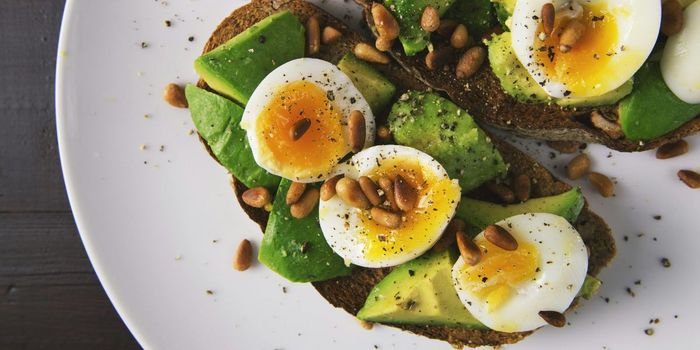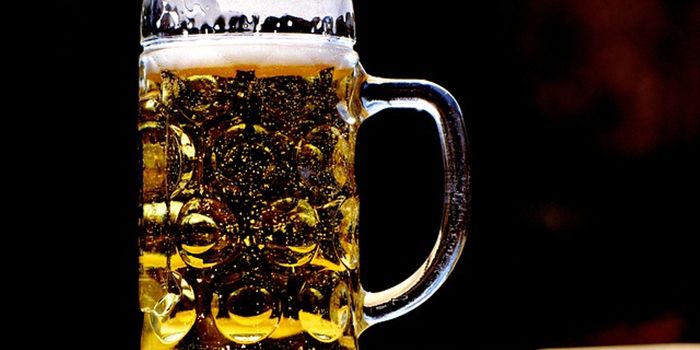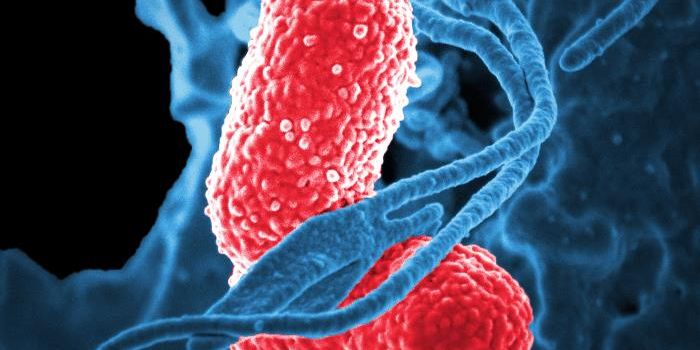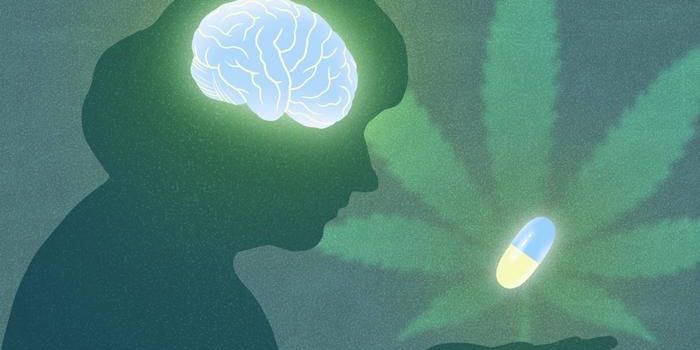Researchers Examine Differences Between Hot & Cold Brewed Coffee
A cup of coffee is not a simple beverage these days, the cult coffee following continues where in some cases, enthusiasts have resorted to using a home coffee roaster. With a multitude of methods available, cold brewing has attracted many connoisseurs of this caffeinated beverage. Rather than steeped for a few minutes with hot (or boiling) water, the cold brewing steeps coarse ground coffee beans in room temperature (or cold) water for up to two days.
Researchers from Thomas Jefferson University were curious about how this alternative brewing method potentially altered coffee’s chemical characteristics, such as acidity or antioxidant levels. According to the study and the American Chemical Society (ACS), the scientists discovered that “the content of potentially health-promoting antioxidants in coffee brewed without heat can significantly differ from a cup of joe prepared with the same beans in the traditional way, particularly for dark roasts.”
The video below summarizes their research:
ACS reports that previous studies from the team assessed acidity and antioxidants in coffee, brewed both hot and cold, using lightly roasted beans. They also examined medium and dark roasting, as well as medium and coarse grinding. In this study, they roasted Columbian beans at five different temperatures and then measured acidity and antioxidants in both hot and cold-brewed coffee.
In light roasts, the study showed that both brewing methods resulted in similar levels of antioxidants. Darker roasted beans had more significant differences. In the ACS report, Rao said: “Hot brewing extracts more antioxidants from the grind than cold brew, and this difference increases with the degree of roasting.” Theoretically, this results in a healthier drink.
However, Rao also says that she encourages consumers to drink what they like unless they are concerned about the health components of their coffee. If that is the case, she suggests they “pay attention to the roast.” She suggests using a darker roast for a low-acid drink, keeping in mind that “the gap between the antioxidant content of hot and cold brew coffee is much larger for a dark roast.”
Brewing and roasting consistent batches is one of the most significant challenges of Rao’s research. According to the ACS article, the researchers standardized their process, including when to add water to coffee grounds, how to pour the water, and how to press the coffee, for example. Their strict procedures helped increased the reproducibility of the results.
The team’s future research focuses on how the two brewing processes and degree of roast impact flavor compounds in the coffee beans.
Sources: American Chemical Society, Morressier
-
APR 30, 2024Immuno-Oncology Virtual Event Series 2024
-
MAY 07, 20243rd International Biosecurity Virtual Symposium
-
SEP 03, 2024Microbiology Week Virtual Event Series 2024
- See More


















































